
Mix Masters: Tom Elmhirst On Beck’s Morning Phase
Tom Elmhirst On Beck's Morning Phase.
Beck’s 12th studio album, Morning Phase, is his take on seventies West Coast folk-rock albums. “The songs are coming out of a California tradition,” said Beck. “I’m hearing the Byrds, Crosby Stills and Nash, Gram Parsons, Neil Young — the bigger idea of what that sound is to me.” Its 13 lush and panoramic songs meander slowly over 47 minutes, mostly at ballad tempo, featuring a wide variety of acoustic instruments, including ukulele, charango, celeste, dulcimer, glockenspiel, piano, upright bass, cello, organ, pedal steel and strings. Beck’s hanging vocals float over soundscapes that have a lot of depth, courtesy of a crafty use of reverb and open dynamics.
In many ways Morning Phase sounds like a continuation of Beck’s Nigel Godrich-produced 2002 album Sea Change, which featured a similarly introverted mood and instrumentation. But whereas Sea Change was full of heartbreak and desolation, Morning Phase is more hopeful, with the lyrics and the album’s general mood reflecting the optimism of the early morning. Partly inspired by Beck’s recovery from an incapacitating back injury where he couldn’t even play his guitar, the album’s theme is the return of the light after a period of darkness.
THE TALENT ON CALL
Morning Phase was recorded by Darrell Thorpe over several years and at multiple locations. Thorpe, who was an assistant on Sea Change and engineered The Information (2006) and Modern Guilt (2008), helped Beck lay down some early material in Nashville in 2005. They returned in 2012 to record more tracks at Jack White’s Third Man studios. Following this, the majority of the album was recorded at various studios in Los Angeles, including the orchestral material which was arranged by Beck and his father David Campbell. In the summer of 2013, Beck, who produced Morning Phase himself, judged that the recordings for the album were almost complete, and called one of the world’s top mixers at his studio in Electric Lady in New York.
“It was quite a surprising phone call,” remembers Tom Elmhirst. “Because I’m a fan of Beck’s work. He said he kept hearing things he liked, and found it was often me mixing, so he asked me whether I would mix his album. I mixed one song for him while he was still doing bits and pieces in Los Angeles with his dad. Then Beck came to New York during the summer to do some shows on the East Coast and we mixed the rest of the album here in three weeks. He needed to be around because he’s very hands-on, very studio-savvy, very knowledgeable. Then there were quite a few revisions over the next two months when Beck was on tour in South America.
“For me it was probably the most satisfying experience I’ve ever had in the studio, because he knows exactly what he’s doing and what he wants. I have never worked with an artist who can hear the things he does. And the basic tracks were amazingly well-recorded in great studios, so the multi-tracks were an absolute pleasure to work with.”
MIX AS AN ALBUM
Given Elmhirst’s pedigree, for him to rank the Morning Phase sessions as “the most satisfying experience he ever had in the studio” is quite a statement. He only mixes music he enjoys, with a preference for mixing entire albums rather than single tracks. “I don’t like doing just individual tracks, unless it’s something special or for an interesting artist. I also like working with artists who have a career, and have been quite lucky to repeatedly mix for people who continue to make records, which is not a given nowadays. I also enjoy collaborations — like when working with Arcade Fire or U2 — where there are lots of people doing their part, and they may use a rough mix for the chorus and something I did for the verse. They jump around and are not precious.”
Elmhirst has in recent months been working on U2’s forthcoming and again-postponed album, and also mixed many of the main songs on Arcade Fire’s Reflektor. His work on Morning Phase was also, to a large degree, a collaboration with Beck. But with Elmhirst mixing the entire project because it was essential for the feel and flow of the album. “I enjoy mixing albums,” elaborates Elmhirst, “because when you start mixing, you don’t know what’s coming up. You may mix the first songs in one way, and by the time you’re four or five songs in you may have to think again a little bit. This may mean revisiting some of the earlier mixes. You’re shaping an entire album as a piece of art, and everything has to hang together.”
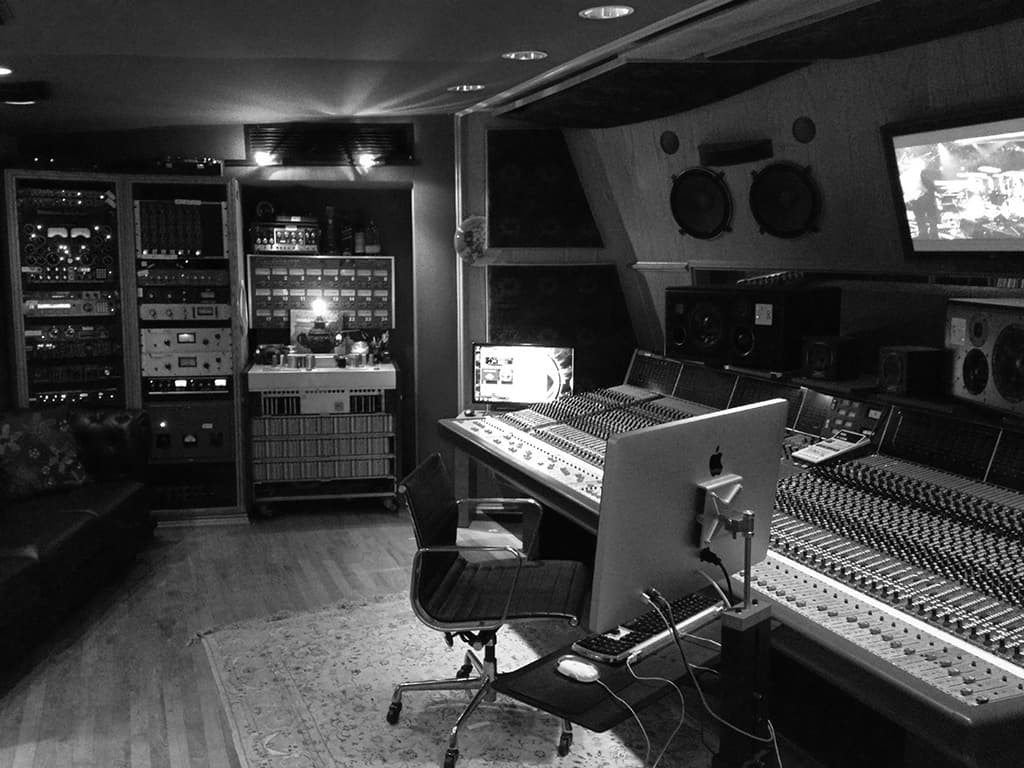


READING THE PLAY
Elmhirst: “For me Morning Phase is a very visual album. It’s very cinematic. There’s a lot of talk about mornings, and there’s an undercurrent of the sea, like with the track Wave, which is just Beck and the orchestra. It was the first song for the album that I mixed, and it created a blueprint for the entire record. It sounds a bit like a West Coast seventies record, it has the solid drum sound you associate with Neil Young and the records from that era. One of the two drummers Beck used was James Gadson, who is 75 and has worked with Bill Withers, The Temptations, BB King, Quincy Jones and many others. Gadson really has his own sound, which is incredible. The contributions and mix of his and Joey Waronker’s drums were incredibly important, because the tempos were so slow and we had to keep the album as a whole moving. We were conscious of the risk the tunes would become dirge-like. Making sure we kept the groove was one way we counteracted that.
“Another way was to make regular changes to the scenery. For example, on some songs the vocals were dry and placed in the middle, while on others they were expansive and placed more left and right. Reverbs — coming mostly from the D-Verb Mark 1 — were an important aspect of the sound, and we varied them a lot to create depth. The song sequencing was also important, so you didn’t get the feeling that too many tracks were in the same tempo. Beck really cares about audio quality, and is very aware there are many audiophiles amongst his fans who will sit down in front of good speakers to listen to his albums. So no expense and time was spared to get the best possible result.”
SINGLE ONCE IN A BLUE MOON
The song Blue Moon was released as the first single from Morning Phase, on January 20th of this year, a month before the album’s release. It’s one of the few mid-tempo tracks on the album, with a sparkling charango providing the early morning sunshine, backed by two acoustic guitars, a ukulele, glockenspiel, and multiple clavinets and pianos. Elmhirst: “The Blue Moon and Heart As A Drum tracks stood out because of their slightly higher tempo. But while we were mixing there was no awareness of what the single was going to be. In fact, I had conversations with Beck and his management about Morning Phase very much being an album and that it wouldn’t make a lot of sense listening to any of the songs in isolation.”
Elmhirst had a point, because Blue Moon, and the album’s second single, Waking Light both failed to chart. By contrast, Morning Phase turned out to be Beck’s most successful album to date, in terms of chart positioning, reaching No. 2 in Canada, No. 3 in the US, No. 4 in the UK, and No. 5 in Australia, and the top 10 in a dozen other countries.
It was probably the most satisfying experience I’ve ever had in the studio. I have never worked with an artist who can hear the things he does


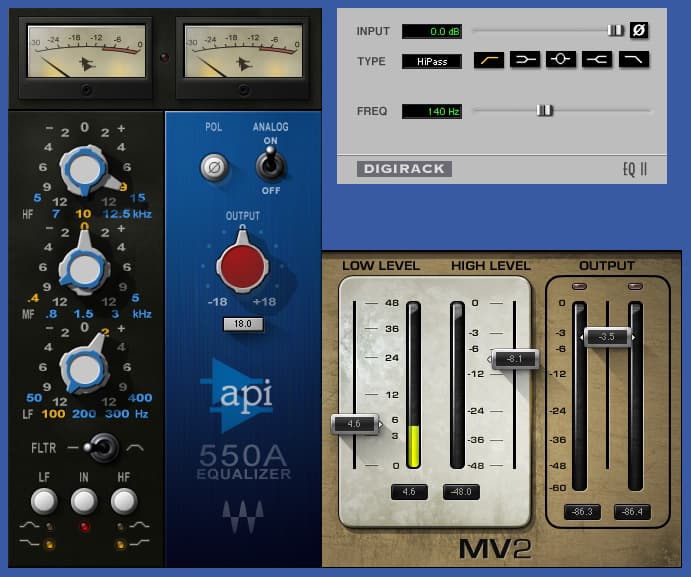


BLUE MOON SESSION
Elmhirst calls the Blue Moon session “full but also pretty straightforward.” At the top of the original mix session, is the rough mix (1832), followed by the mix print (Ref 1).
The 10 tracks in pink are the other drum ‘bits and pieces’ followed by a bass track, two main acoustic guitar tracks and two acoustic guitar tracks for the break (all in green), the charango track (CMP), three ukulele tracks, the synth solo at the end of the song (kldbl), two clavinet tracks, four piano tracks, three glockenspiel tracks (2813, DV92), a double-tracked lead vocal that was split in three double tracks for different sections of the song, and Beck’s backing vocals. There are also a number of aux tracks in the session: BSU and BDTS just below the glockenspiel are for the vocals, and the three tracks at the bottom are more general effects tracks, respectively D-Verb, the Trillium Lane Labs Orban spring reverb plug-in and the UAD EMT140 plate reverb plug-in.
PHASING OUT STEMS TECHNIQUE
Given today’s demand for instant, 24/7/365 recalls, Elmhirst also creates a stem mix in addition to the stereo mix. Virtually all console mixers do this today, as it allows them to quickly run off an alternative in-the-box mix by rebalancing the stem session. It’s always a compromise though, as mixing stems will never have the same interplay with the mix bus as rebalancing a complete mix. But on the flip side, recalling an entire’s studios outboard and console is unthinkable.
Elmhirst, together with his assistant Ben Baptie, has worked out a rather surprising alternative to the instant recall conundrum: a seemingly counterintuitive method the mixer admits is “bonkers”. Instead of mixing stem sessions to obtain new stereo mixes, Elmhirst continues to work with his original reference stereo mix, massaging it in-the-box with in and out of phase stem tracks, until he and the client are 100% happy.
Elmhirst: “I don’t like using stems. I want to be able to keep using my original mix, in part because the sound of the Manley compressor on the stereo bus is so important. But I still want to be able to play with the volumes. So purely by accident Ben worked out this reverse phase technique. We play the stem of the part we want to change at the same time as the reference mix, and when we reverse the phase of the stem track, using the Digidesign EQ, the part will simply disappear from the main mix.
“For example, we put up a stem of the drums, flip its phase, and it cancels out the drums in the master mix. The drums will be totally gone. If we turn the stem track down, the drums will reappear in the mix. I still can’t quite get my head around how it works, but it does, and it’s pretty cool, because it allows me to keep the original mix with the Manley mix bus compression. Of course, to make the drums, or any other instrument, slightly louder, we simply add some of the drum stems with normal phase.
“We’re not talking night and day changes to the mixes. The changes are scenic, like bringing the vocals up in certain places or the harmonies down, and so on. Also, if we wanted to change the sound of a part, we cancel a part by using reverse phase and then add in another stem with added EQ or effects.
“We had eight revisions of Blue Moon, doing things like pushing the lead vocal up 0.25dB, pushing up the verse drums, a vocal mix with a low pass filter to brighten all vocals adding instrumental and cappella tracks, there’s stems coming in and out right through.”
“We even did a vocal edit to insert a lyric change. It also has a wet track, because Beck will have sent his vocal to an echo chamber, at Cello, East West or Capitol. He loves echo chambers. This whole record was so well-recorded that most of what I did was just balancing things.”

“The straight kick drum had the Waves Jack Joseph Puig drums plug-in, while the Kick sub had the Waves Q10 EQ and Waves LoAir for some more sub, plus the Waves C1 gate.”

“The tom subgroup had the Fairchild 660 plug-in and the Kramer Pie compressor, and I reduced the sustain of the Floor Tom with the SPL Transient designer. I’m doing quite a lot on the toms.”

“I took some top end off the Snare with Lo-Fi, and used TapeHead to get some more drive on the combined Kick/Snare track.”



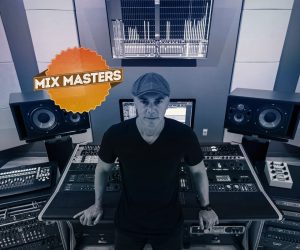

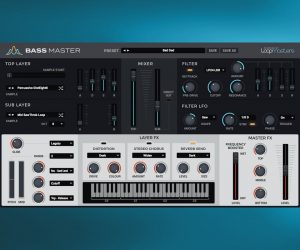







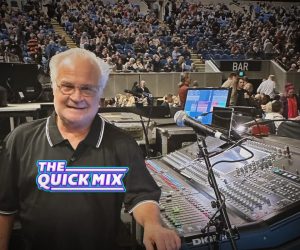



I worked with Tom in the 90s and he was amazing. He did a triphop dub remix, live mixer solo playing the console as a musical instrument, just for a laugh. It was mind blowing and I’ll never forget it.